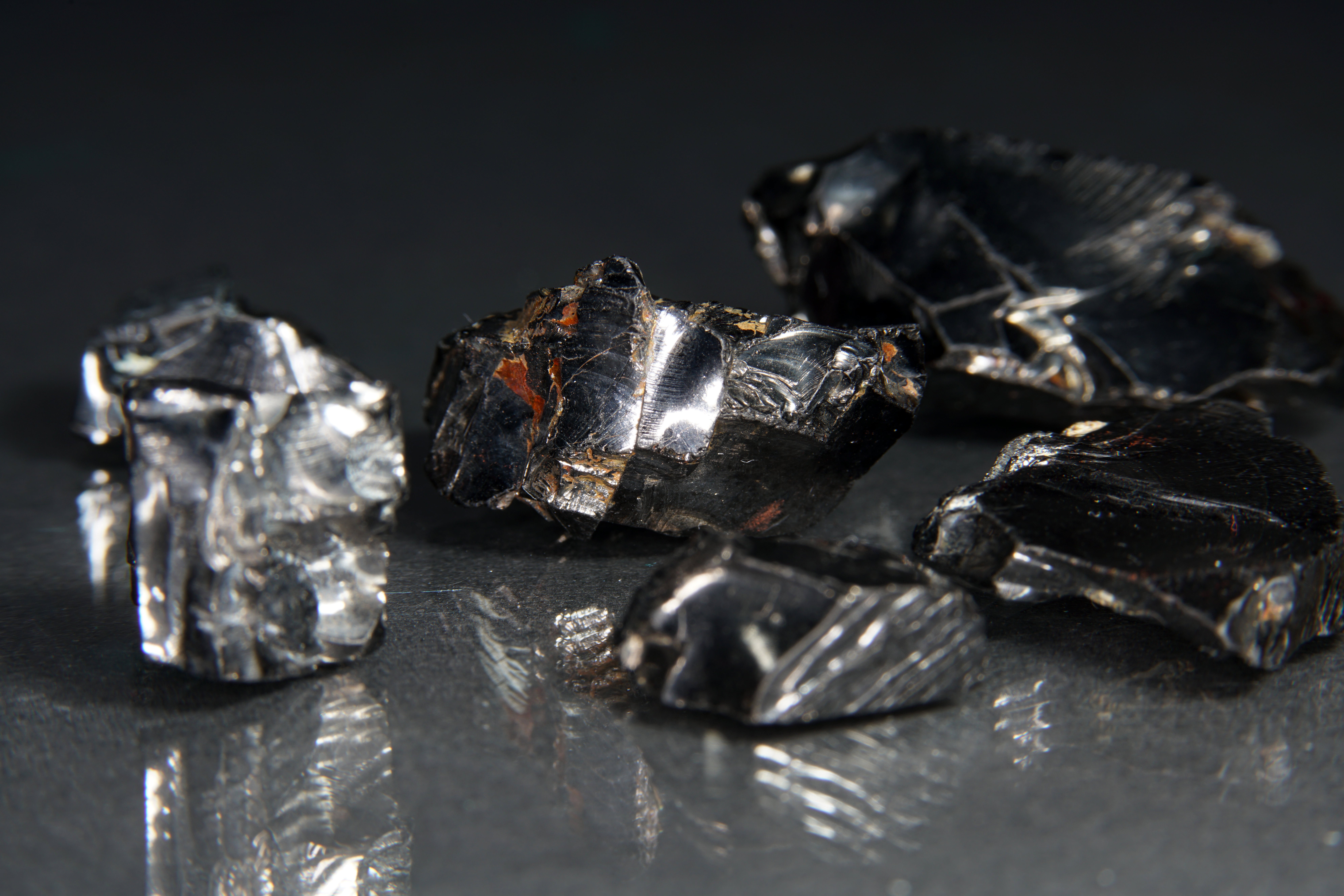The Covid-19 years aside, 2025 should witness the fastest rate of annual growth in World ex. China copper demand in over a decade. In particular, this will be welcome news for those sales managers at European semi-fabricators, who have been struggling to conclude annual contracts and are budgeting for zero growth. Indeed, if the economists are right, there should be evidence of a recovery in Europe’s industrial and construction sectors as soon as Q1.
In the last five years, 100% of the growth in copper demand by geography has come from China and by end-use from the green energy transition (GET). Those percentages are expected to decline in 2025, but only to 67% and 80% respectively, and if the Chinese government decides to enact greater policy support for the economy, both could end up higher. The downside risk comes from US tariffs and any rollback of green energy policies, which is also a possibility elsewhere outside China.
Even though the copper to aluminium price ratio in early 2025 is x3.5 and well within historic norms, longer term expectations are for it to reach x5. Consequently, the question of substitution (and thrifting) is unlikely to go away this year, especially in some of the new applications for copper. Declining copper usage in battery electric vehicles is well known, but we are seeing the same phenomenon in solar generating capacity. Here copper power cable intensities in China have fallen by 12% since 2020 with, conservatively, a further 17% reduction expected by the end of the decade. It is also worth noting that this cable type accounts for three quarters of the copper used in last year’s copper demand sensation – data centres.
US scrap exports increased by ~10% in 2024, with ~40% directly, and up to another 25% indirectly, going to China. However, the spillover from potential increases in US-China trade barriers and the start-up of new scrap processing capacity in the US (at Wieland, KY and Aurubis, GA) suggests exports will be sharply lower in 2025. Ostensibly, these changes to trade flows will make life more difficult for the Chinese smelting/refining sector, which hitherto has been using scrap to plug gaps in the supply of copper concentrates. Needless to say, China is not standing still. Outstanding scrap import duties have just been removed, and the recently established China Resource Recycling Group (CRRG) will begin formalising the domestic scrap industry this year.
The record low TC/RC benchmark* agreed between Antofagasta and Chinese smelters of $21.25/2.125¢ is below cash-breakeven for most smelters; and with a 338,000 t concentrates market deficit forecast for 2025, further cuts in capacity are almost certain. As a result, spot TC/RCs are expected to exceed this Chinese benchmark level by mid-year. The outside risk is that the smelting sector overreacts, cutting too much capacity, which in turn sends spot TC/RCs and potentially exchange prices (if refined output is also affected) sharply higher.
*It remains unclear what annual TC/RC benchmark will be agreed in World ex. China
Despite forecasts showing concentrate market deficits stretching out until the end of the decade, 2025 could see smelter project approvals as countries seek to increase security of supply and/or add value to domestic mining activities. There is a raft of domestic Chinese projects that could be given the green light relatively quickly. In the World ex. China, there are plans to build smelters in at least ten countries over the medium term, including current non-producers such as Saudi Arabia. Equally concerning to incumbents will be the desire of new players to enter the fray in existing markets, for example in India.
Mine supply grew by less than 400,000 t in 2024 – the smallest increase since 2020. The closure of Cobre Panama at the end of 2023 was a major contributing factor to this. Otherwise, the mine disruption rate at 3.9% was the lowest since 2018, admittedly helped by relatively conservative guidance from the top tier miners. 2025 could be more challenging, as 45% of the potential 1.5 Mt forecast additional mine supply will come from projects, including the technically problematic El Teniente NML and the isolated Malmyzh in Russia. However, if disruptions do continue at last year’s lower level, this would increase 2025 mine supply by a further 370,000 t versus the base case.
Democratic Republic of Congo (DRC) mine production is expected to increase by 8% in 2025. This may even prove to be an underestimate if hard-to-track small projects – often owned by low profile Chinese companies – continue to proliferate; although we have started trying to front-run such capacity additions in our forecasts. The larger mines shouldn’t be forgotten either – recent outperformance by Tenke Fungurume (TFM) and Kisanfu (KFM) suggests CMOC Africa’s production could have exceeded 630,000 t in 2024, 10,000 t above the CRU base case. With the DRC now the world’s second largest copper producer (annual output exceeding 3 Mt), a 5% ‘miss’ to the upside in 2025 would be equivalent to another 150,000 t of copper.
2023 and 2024 saw two failed mining sector mega-mergers – Glencore-Teck and BHP-Anglo American. 2025 may be a case of ‘third time lucky’ as we see a combination between two or more of the mining majors as likely. The base case is that top tier producers are still more interested in buying growth through acquisitions, rather than committing billions of dollars to capex-intensive large-scale projects. However, some companies will need to show a willingness to invest in replacement capacity in order to avoid a shareholder-scarring decline in future mine production profiles. In addition, there are several projects that (on paper) are close to a final investment decision (FID), but it may take a price level of ~$10,000 /t to get them across the line. Sulphide leaching projects in the Americas will remain an attractive option due to low upfront capex commitments.
In a market that is expected to be in a very modest surplus this year, there is no obvious reason why copper should move out of a trading range somewhere in the high $8,000s /t or low $9,000s /t. However, with sidelined investors still believing in the long-term bull story, a rapid run-up in the price to new nominal record highs – and even the upper end of CRU’s medium-term forecast – should not be discounted. The latter would put copper at ~$15,000 /t and possibly within touching distance of nickel, which is a market facing several years of surplus and a price supported only by costs of production.

















